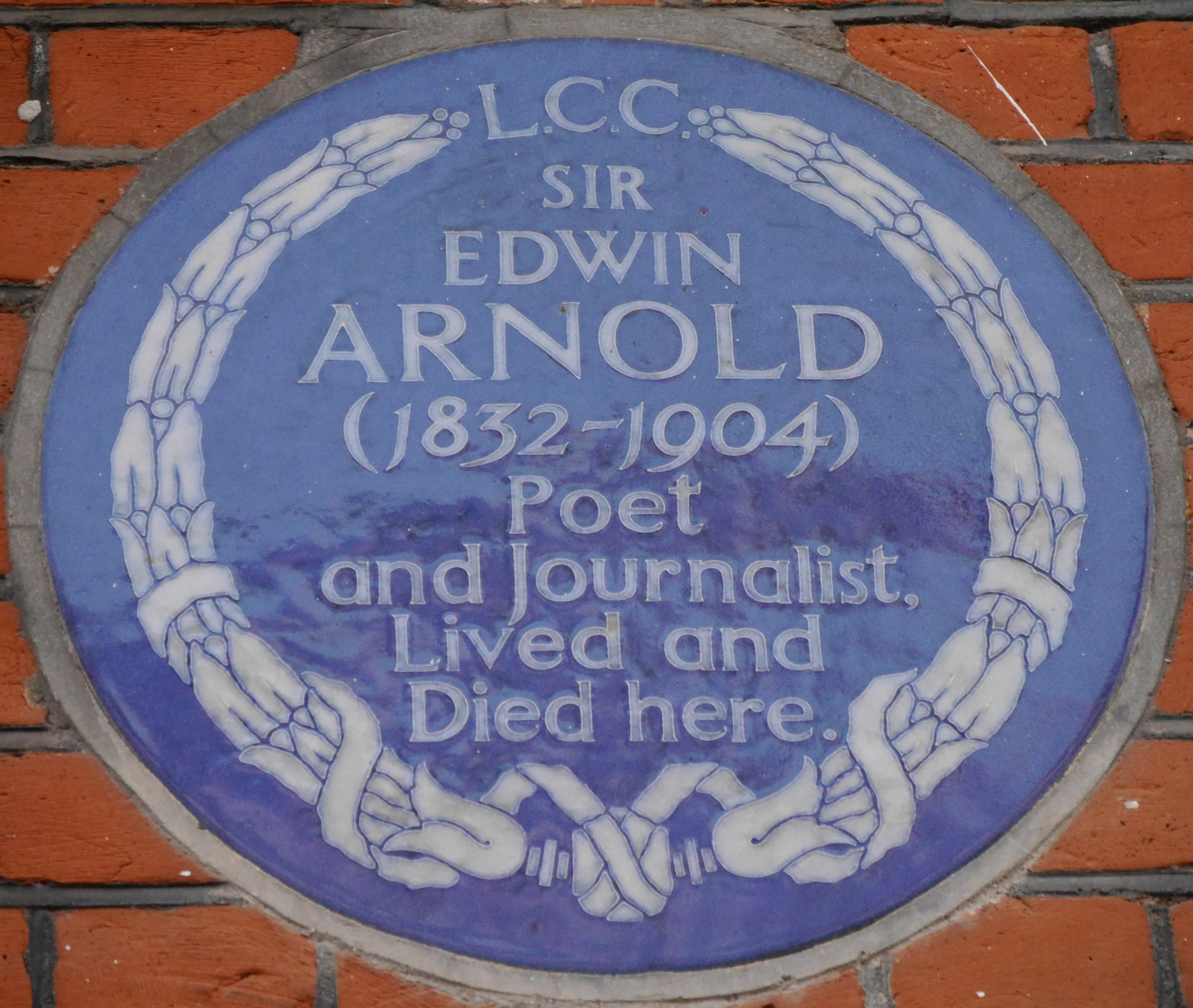|
Katha Upanishad
The ''Katha Upanishad'' (, ), is an ancient Hindu text and one of the '' mukhya'' (primary) Upanishads, embedded in the last eight short sections of the ' school of the Krishna Yajurveda.Paul Deussen. ''Sixty Upanishads of the Veda''. Volume 1, Motilal Banarsidass. . pages 269-273 It is also known as ' Upanishad, and is listed as number 3 in the Muktika canon of 108 Upanishads. The Katha Upanishad consists of two chapters (''Adhyāyas''), each divided into three sections (''Vallis''). The first ''Adhyaya'' is considered to be of older origin than the second. The Upanishad has the legendary story of a little boy, Nachiketa – the son of Sage Vajasravasa, who meets Yama (the king of the dead). Their conversation evolves to a discussion of the nature of man, knowledge, Atman (Self) and moksha (liberation). The chronology of Katha Upanishad is unclear and contested, but it is generally considered to belong to the later Upanishads, dated to the 5th to first centuries BCE. The ... [...More Info...] [...Related Items...] OR: [Wikipedia] [Google] [Baidu] |
Mukhya
Principal Upanishads, also known as Mukhya Upanishads, are the most ancient and widely studied Upanishads of Hinduism. Composed between 800 BCE to the start of common era, these texts are connected to the Vedic tradition. Content The Principal Upanishads, which were composed probably between 600 and 300 BCE, constitute the concluding portion of the Veda. According to most Hindu traditions, ten Upanishads are considered as Principal Upanishads, but some scholars include , and into the list. The founders of the major schools of Vedanta, viz., Adi Shankara and Madhvacharya wrote (''commentaries'') on these ten Principal Upanishads. Even though Ramanuja did not write individual commentaries on Principal Upanishads, he quoted many hundreds of quotations from Upanishads in his Sri Bhasya. In the Ramanuja lineage, one of his followers, Rangaramanuja, wrote commentaries on almost all of the Principal Upanishads around the 1600s. The ten Principal Upanishads are: # (IsUp), Yajur ... [...More Info...] [...Related Items...] OR: [Wikipedia] [Google] [Baidu] |
Dualism (Indian Philosophy)
Dualism in Indian philosophy is a belief, or large spectrum of beliefs, held by certain schools of Indian philosophy that reality is fundamentally composed of two parts or two types of existence. This mainly takes the form of either mind-matter dualism, as in some strands of Buddhist philosophy, or consciousness-nonconsciousness dualism in the Samkhya and Yoga (philosophy), Yoga schools of Hindu philosophy. These can be compared and contrasted with mind-body dualism in Western philosophy of mind and metaphysics. Another form of dualism in Hindu philosophy is found in the Dvaita ("dualism") Vedanta school, which regards God and the world as two realities with distinct essences; this is a form of theistic dualism. By contrast, schools such as Advaita ("nondualism") Vedanta embrace nondualism or absolute monism, regarding dualism as an illusion (''Maya (religion), maya''). Buddhist philosophy During the classical era of Buddhist philosophy in India, philosophers such as Dharmakirti a ... [...More Info...] [...Related Items...] OR: [Wikipedia] [Google] [Baidu] |
Svetasvatara
The ''Shvetashvatara Upanishad'' (, ) is an ancient Sanskrit text embedded in the Yajurveda. It is listed as number 14 in the Muktika canon of 108 Upanishads. The Upanishad contains 113 mantras or verses in six chapters.Robert Hume (1921)Shvetashvatara Upanishad The Thirteen Principal Upanishads, Oxford University Press, pages 394–411 with footnotes The Upanishad is one of the 33 Upanishads from Taittiriyas, and associated with the ''Shvetashvatara'' tradition within ''Karakas sakha'' of the Yajurveda. It is a part of the "black" "krishna" Yajurveda, with the term "black" implying "the un-arranged, motley collection" of content in Yajurveda, in contrast to the "white" (well arranged) Yajurveda where Brihadaranyaka Upanishad and Isha Upanishad are embedded. The chronology of Shvetashvatara Upanishad is contested, but it is generally accepted to be a late-period Upanishadic composition.Stephen Phillips (2009), Yoga, Karma, and Rebirth: A Brief History and Philosophy, Columbia U ... [...More Info...] [...Related Items...] OR: [Wikipedia] [Google] [Baidu] |
Isha Upanishad
The ''Isha Upanishad'' (, ), also known as ''Shri Ishopanishad'', ''Ishavasya Upanishad'', or ''Vajasaneyi Samhita Upanishad'', is one of the shortest Upanishads, embedded as the final chapter (''adhyāya'') of the Shukla Yajurveda. It is a ''Mukhya'' (primary, principal) Upanishad, and is known in two recensions, called Kanva (VSK) and Madhyandina (VSM). The Upanishad is a brief poem, consisting of 17 or 18 verses, depending on the recension. It is a key scripture of the Vedanta sub-schools, and an influential Śruti to diverse schools of Hinduism. It is the 40th chapter of Yajurveda. The name of the text derives from its incipit, ', "enveloped by the Lord", Ralph T. H. Griffith''The Texts of the White Yajurveda'' pages 304-308 or "hidden in the Lord (Self)". Max Muller, ''The Upanishads, The Sacred Books of the East'', Part 1, Oxford University Press, Reprinted by Routledge in 2013, , Vol. 1, pages 311-319 The text discusses the Atman (Self) theory of Hinduism, and is r ... [...More Info...] [...Related Items...] OR: [Wikipedia] [Google] [Baidu] |
Kena Upanishad
The Kena Upanishad (, ) (also alternatively known as Talavakara Upanishad) is a Vedic Sanskrit text classified as one of the primary or Mukhya Upanishads that is embedded inside the last section of the ''Talavakara Brahmanam'' of the Samaveda.Paul Deussen, Sixty Upanishads of the Veda, Volume 1, Motilal Banarsidass, , pages 207-213 It is listed as number 2 in the Muktikā, the canon of the 108 Upanishads of Hinduism. The Kena Upanishad was probably composed sometime around the middle of the 1st millennium BCE. It has an unusual structure where the first 13 are verses composed as a metric poem, followed by 15 prose paragraphs of main text plus 6 prose paragraphs of epilogue. Paul Deussen suggests that the latter prose section of the main text is far more ancient than the poetic first section, and Kena Upanishad bridged the more ancient prose Upanishad era with the metric poetic era of Upanishads that followed. Kena Upanishad is notable in its discussion of Brahman with attribut ... [...More Info...] [...Related Items...] OR: [Wikipedia] [Google] [Baidu] |
Vine
A vine is any plant with a growth habit of trailing or scandent (that is, climbing) stems, lianas, or runners. The word ''vine'' can also refer to such stems or runners themselves, for instance, when used in wicker work.Jackson; Benjamin; Daydon (1928). ''A Glossary of Botanic Terms with their Derivation and Accent'', 4th ed. London: Gerald Duckworth & Co. In parts of the world, including the British Isles, the term "vine" usually applies exclusively to grapevines, while the term "climber" is used for all climbing plants. Growth forms Certain plants always grow as vines, while a few grow as vines only part of the time. For instance, poison ivy and bittersweet can grow as low shrubs when support is not available, but will become vines when support is available. A vine displays a growth form based on very long stems. This has two purposes. A vine may use rock exposures, other plants, or other supports for growth rather than investing energy in a lot of supportive tissu ... [...More Info...] [...Related Items...] OR: [Wikipedia] [Google] [Baidu] |
Paul Deussen
Paul Jakob Deussen (; 7 January 1845 – 6 July 1919) was a German Indologist and professor of philosophy at University of Kiel. Strongly influenced by Arthur Schopenhauer, Deussen was a friend of Friedrich Nietzsche and Swami Vivekananda. In 1911, he founded the Schopenhauer Society (''Schopenhauer-Gesellschaft''). Professor Deussen was the first editor, in 1912, of the scholarly journal Schopenhauer Yearbook (''Schopenhauer-Jahrbuch''). Deussen, who Sanskritised his name to "Deva-Sena" as a mark of his admiration for the language, is one of the distinguished roll of Europeans who — often with lyrical admiration — participated in the scholarly Western discovery of Sanskrit and Hinduism that took place in British India itself, Germany, France and England. Biography Paul Deussen was born on 7 January 1845 in Oberdreis, Neuwied in the Rhine Province, one of eight children of a clergyman of modest means. He became a student, and lifelong devotee, of the German philosopher ... [...More Info...] [...Related Items...] OR: [Wikipedia] [Google] [Baidu] |
Ralph Waldo Emerson
Ralph Waldo Emerson (May 25, 1803April 27, 1882), who went by his middle name Waldo, was an American essayist, lecturer, philosopher, minister, abolitionism, abolitionist, and poet who led the Transcendentalism, Transcendentalist movement of the mid-19th century. He was seen as a champion of individualism and critical thinking, as well as a prescient critic of the countervailing pressures of society and conformity. Friedrich Nietzsche thought he was "the most gifted of the Americans," and Walt Whitman called Emerson his "master". Emerson gradually moved away from the religious and social beliefs of his contemporaries, formulating and expressing the philosophy of Transcendentalism in his 1836 essay, "Nature (Emerson), Nature". His speech "The American Scholar," given in 1837, was called America's "intellectual Declaration of Independence" by Oliver Wendell Holmes Sr.Richardson, p. 263. Emerson wrote most of Essays (Emerson), his important essays as lectures and then revised them ... [...More Info...] [...Related Items...] OR: [Wikipedia] [Google] [Baidu] |
Edwin Arnold
Sir Edwin Arnold (10 June 1832 – 24 March 1904) was an English poet and journalist. He is best known for his 1879 work, '' The Light of Asia''. Born in Gravesend, Kent, Arnold's early education at King's School, Rochester, and later at King's College London and University College, Oxford, laid the groundwork for his career. Initially a schoolmaster and later the Principal of the Deccan College in India, Arnold's experiences abroad influenced his literary endeavors. He became associated with ''The Daily Telegraph'', serving as its editor-in-chief, and facilitated H. M. Stanley's exploration of Africa. Arnold's poem, ''The Light of Asia'', an exploration of Buddhist philosophy through the life of Prince Gautama, earned him widespread acclaim. Despite the success of this work, his later attempts to emulate its triumph with ''The Light of the World'' centered on Jesus Christ, faced mixed reception. Arnold's personal life was marked by multiple marriages, including one to a Ja ... [...More Info...] [...Related Items...] OR: [Wikipedia] [Google] [Baidu] |
Arthur Schopenhauer
Arthur Schopenhauer ( ; ; 22 February 1788 – 21 September 1860) was a German philosopher. He is known for his 1818 work ''The World as Will and Representation'' (expanded in 1844), which characterizes the Phenomenon, phenomenal world as the manifestation of a blind and irrational noumenon, noumenal Will (philosophy), will. Building on the transcendental idealism of Immanuel Kant, Schopenhauer developed an atheistic metaphysical and ethical system that rejected the contemporaneous ideas of German idealism. Schopenhauer was among the first philosophers in the Western philosophy, Western tradition to share and affirm significant tenets of Indian philosophy, such as asceticism, denial of the self (philosophy), self, and the notion of the Maya (religion), world-as-appearance. His work has been described as an exemplary manifestation of philosophical pessimism. Though his work failed to garner substantial attention during his lifetime, he had a posthumous impact across various ... [...More Info...] [...Related Items...] OR: [Wikipedia] [Google] [Baidu] |
Nonduality (spirituality)
Nondualism includes a number of philosophical and spiritual traditions that emphasize the absence of fundamental duality or separation in existence. This viewpoint questions the boundaries conventionally imposed between Self, self and other, mind-body dualism, mind and body, Subject and object (philosophy), observer and observed, and other dichotomies that shape our perception of reality. As a field of study, nondualism delves into the concept of nonduality and the state of nondual awareness, encompassing a diverse array of interpretations, not limited to a particular cultural or religious context; instead, nondualism emerges as a central teaching across various belief systems, inviting individuals to examine reality beyond the confines of dualistic thinking. Nondualism emphasizes direct experience as a path to understanding. While Intellectualism, intellectual comprehension has its place, nondualism emphasizes the Spiritual transformation, transformative power of firsthand e ... [...More Info...] [...Related Items...] OR: [Wikipedia] [Google] [Baidu] |







